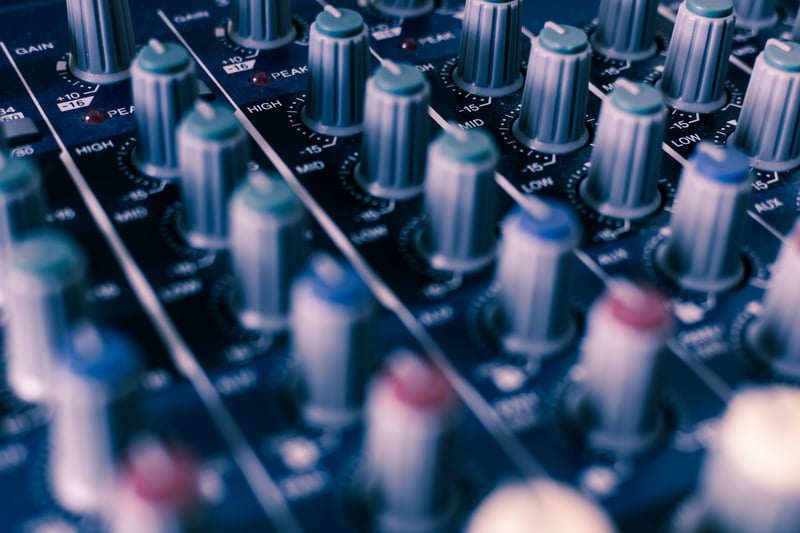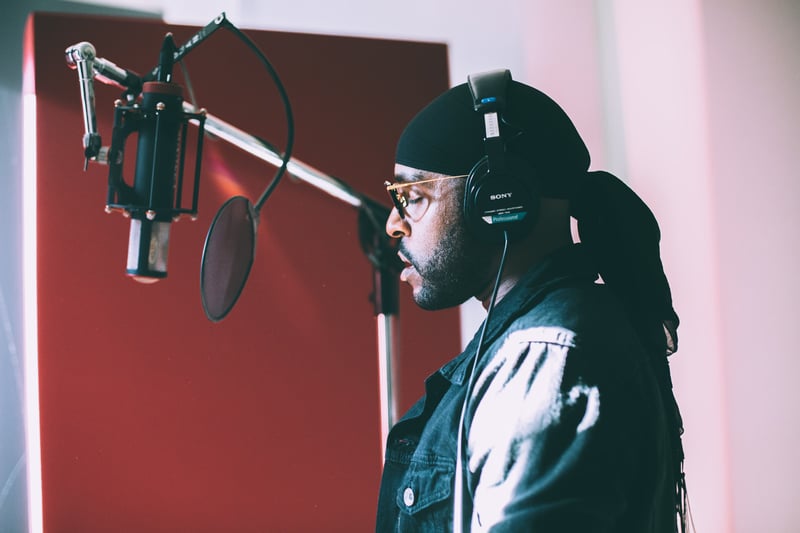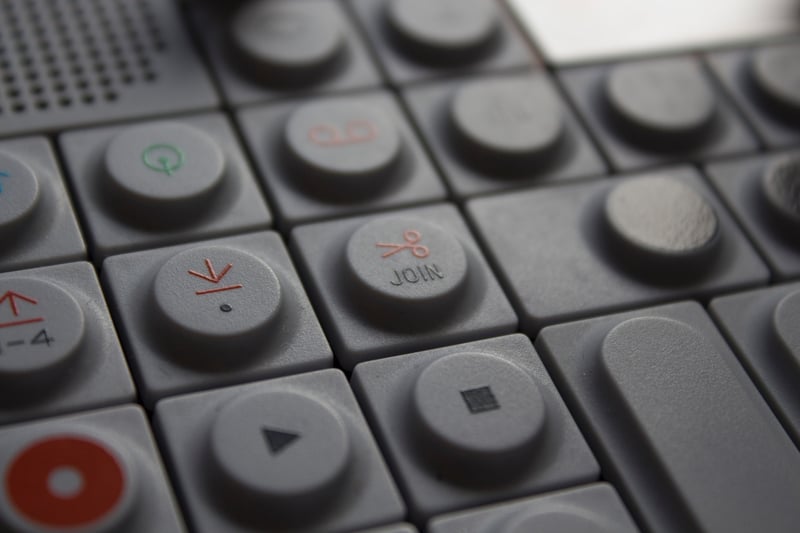Use these tips for clear, intelligible dialogue in your projects.
Dialogue is king. It not only conveys key information and moves the plot along, but allows the audience to form connections with the characters. It is therefore paramount to ensure a constant flow of clean and coherent dialogue throughout your film wherever possible.
However, filmmaking can be a noisy business, and sadly there will always be occurrences , issues with equipment or human error. Common issues include: Preamp noise, unwanted background noise and involuntary mouth noises such as clicks and pops.
Every process that you apply to correct these issues (EQ, noise reduction etc.) will have a detrimental effect on the audio and may compromise the subtlety and personality of the actors performance. The goal is to clean up your dialogue in a way that is least damaging to the original performance and recording.
There is never a quick and easy solution to cleaning dialogue. It's best to use a multi-step process to achieve the outcome you are looking for. You can implement the least destructive through most-destructive techniques via process of elimination to achieve this.
1. Dialogue Editing
This is the least destructive method of dialogue clean up, and consists of editing the dialogue tracks in your DAW and cutting the problematic areas.
If you are just cleaning up unwanted mouth sounds this is fairly straightforward. However if there are other issues such as noisy recordings or background noise you may have to try other techniques such as the use of room tone to mask or replace the unwanted sounds.
2. Light Processing - Eq, Expansion
If dialogue editing can’t fix the issue, you can then move to tools such as EQ and expansion to try and correct it. EQ will allow you to cut certain frequencies from the dialogue track. This is useful if there is a background hum from production equipment on set or traffic noises for example.
Expansion allows you to expand the dynamic range of a signal. This can be a very useful tool for removing noise from dialogue tracks, as you are essentially increasing the difference between the loudest and quietest points, making the noise quieter in relation to the dialogue. Use of stronger expansion may get rid of the noise, but there may be a knock on effect on the quality of the dialogue itself, so it's all about finding a compromise that gives the best results.
3. Noise Reduction
After EQ and expansion, it's now time to apply direct noise/click reduction in the form of a plugin such as Izotope RX, X Noise, ERA, Brusfri etc. It's worth keeping in mind that although these tools are very effective, it may come at the cost of clarity/quality of the dialogue if used too heavily.
Resist the urge to use large amounts of reduction when using these tools. We want a scalpel, not a hammer. Start with a small amount of noise reduction and work your way up slowly. You may be surprised to find that you need less reduction than you thought.

4. Rushes (Alternate Takes)
If all of these steps are still not sufficient, then your next move is to dig into the rushes and find an alternate take to replace the problem dialogue. While this can be a great solution in some situations, it is not a fix-all.
There are countless subtleties that go into the actors performance such as intonation, tone of voice and timing. This can make it extremely difficult to find a take that matches the visual aspects of the performance. If the actor's face is not in the shot, you may have a bit more room to work with.
From a technical standpoint, looking through the rushes may provide you with a suitable replacement. However, if the alternate takes were all recorded on the same day, same set with the same equipment, there is the risk that the problems in the dialogue track may be present on all of all the other takes.
5. ADR
The final and least-desired solution is ADR. ADR stands for automated dialogue replacement and is the process of re-recording dialogue in a studio environment with the original cast from the film. While ADR can definitely be a great solution to problematic dialogue, matching the visual aspects of the performance can be a huge challenge for the actors involved.
This process is tedious and expensive, and usually comes at a stage in production where the bulk of the budget may already be spent. ADR can also be a significant logistical challenge as the actors may be engaged with other projects or have contracts that specify no ADR.






-2.png?width=100&name=staff_162%20(1)-2.png) Thanks to Alex Gregson of
Thanks to Alex Gregson of 







